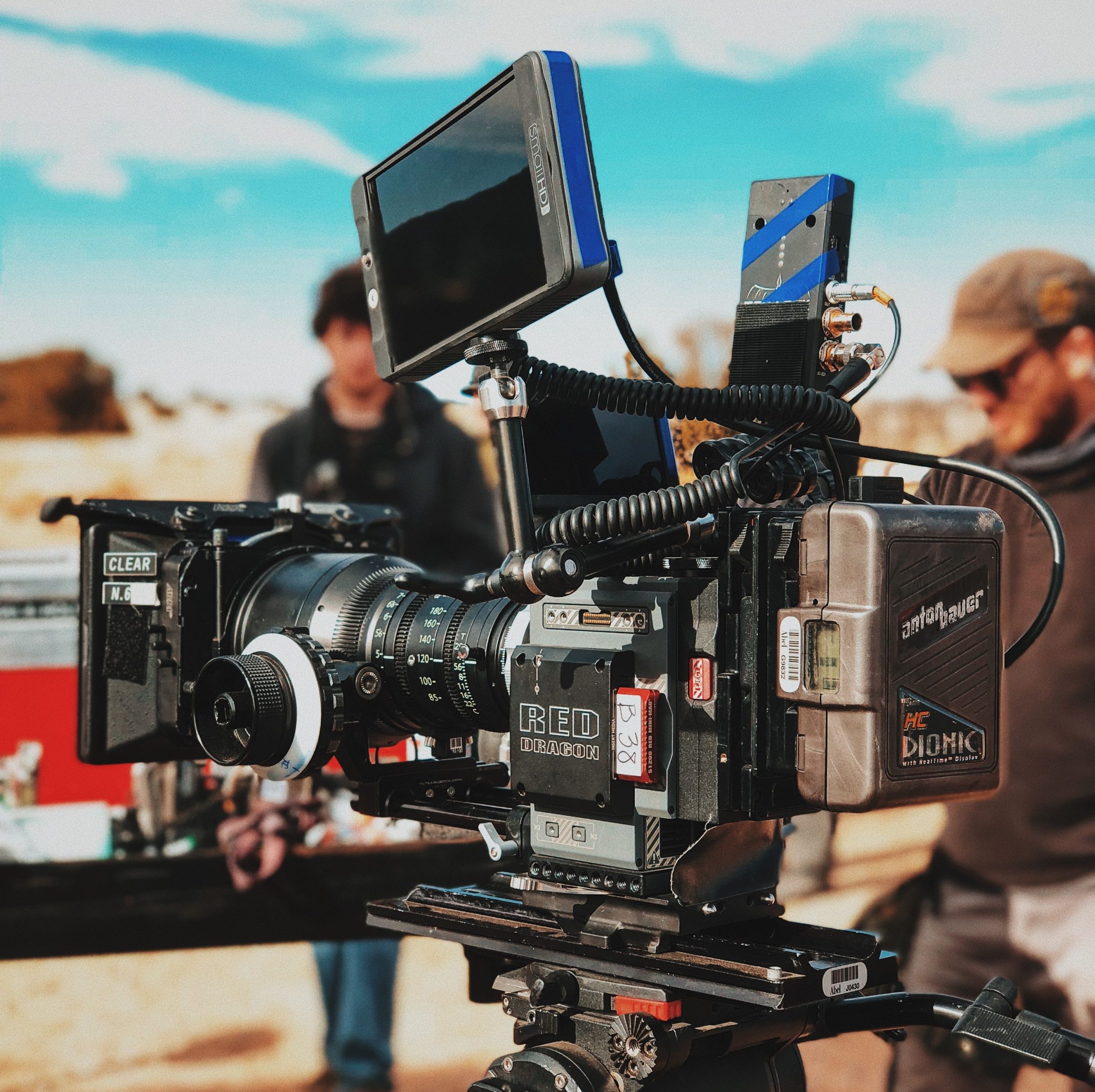
Innovation in Filmmaking: Examining Breakthrough Visual Effects
Filmmaking has come a long way since its inception. As technology continues to advance, filmmakers are constantly pushing the boundaries of creativity to deliver visually stunning movies. One area where significant innovations have been made is in the realm of visual effects (VFX). Let’s take a closer look at some breakthrough VFX techniques that have revolutionized the film industry.
Advancements in CGI (Computer-Generated Imagery)
Computer-generated imagery, commonly known as CGI, has played a crucial role in transforming the way stories are told on the big screen. The ability to create lifelike and realistic visual effects has opened up infinite possibilities for filmmakers. From creating towering skyscrapers to awe-inspiring explosions, CGI has made it possible to bring even the wildest imaginations to life.
In recent years, CGI has been leveraged to create breathtaking characters and creatures. From the iconic dinosaurs in Jurassic Park to the dazzling creatures in Avatar, filmmakers have mastered the art of seamlessly integrating computer-generated characters into live-action scenes. With every new film released, we see more believable, visually stunning CGI creations that blur the line between reality and fiction.
The Rise of Motion Capture
Motion capture technology has revolutionized the way actors’ performances are captured and translated onto the screen. This technique involves tracking an actor’s movements using sensors placed on their body and then transferring those movements onto a digital character. By capturing the smallest nuances of an actor’s performance, motion capture has brought a new level of realism to computer-generated characters.
The breakthrough film “Avatar” showcased the power of motion capture, allowing actors to portray fantastical characters in a way that was previously unimaginable. The success of this film paved the way for more extensive use of motion capture in creating dynamic and realistic characters, such as the iconic Gollum in “The Lord of the Rings” trilogy.
The Magic of Green Screen
Green screen technology, also known as chroma keying, has been a game-changer for filmmakers. The technique involves filming actors or objects in front of a green (or sometimes blue) screen and then replacing that color with different backgrounds or environments during post-production.
Green screen allows filmmakers to transport characters to fantastical worlds, exotic locations, or even into space. It provides the flexibility to create breathtaking scenes that would be otherwise impossible or cost-prohibitive to film on location. From the bustling cityscapes in superhero films to the vast landscapes of fictional planets, green screen technology has become an indispensable tool in the filmmaker’s arsenal.
The Integration of Practical and Digital Effects
While digital effects have taken center stage in recent years, the most immersive visual experiences often come from a seamless blend of practical effects and CGI. Filmmakers have recognized the value of practical effects in creating authentic and tangible visuals.
By combining practical effects, such as intricate prosthetics, physical sets, and explosions, with digital enhancements, filmmakers can achieve a level of realism that captures the audience’s imagination. From the gritty realism of “Mad Max: Fury Road” to the practical creature effects in “The Shape of Water,” the integration of practical and digital effects creates a visually stunning experience that transports viewers into another world.
Conclusion
As technology continues to advance, filmmakers will undoubtedly find new and exciting ways to incorporate breakthrough visual effects into their storytelling. From CGI and motion capture to green screen technology and the integration of practical and digital effects, these innovations have pushed the boundaries of what is possible in filmmaking. With each new advancement, audiences can expect to be captivated by even more immersive and visually spectacular cinematic experiences.

